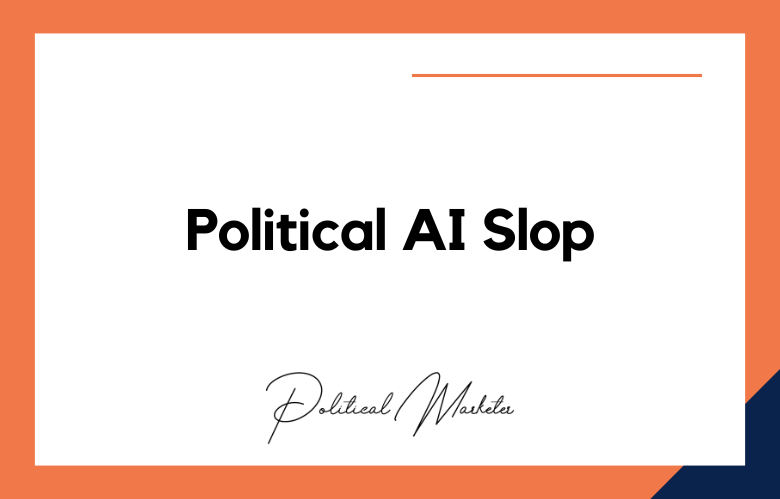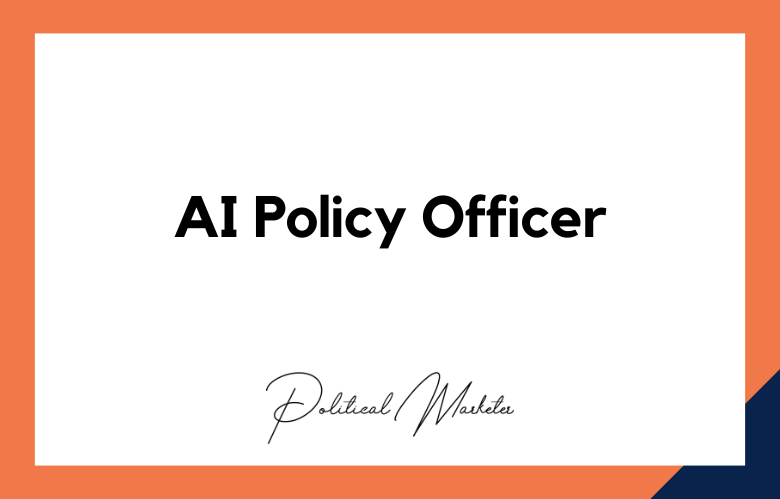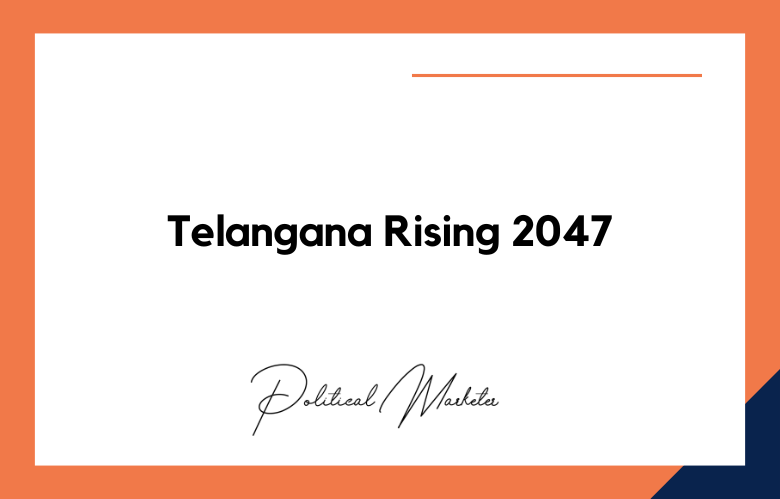Elections are unpredictable. Even the most organized and well-run campaigns can lead to unexpected outcomes. Predictive modeling using election surveys and data science can help us better understand what may happen in elections. This approach can save campaign managers valuable resources and spare them from overreliance on gut feelings.
Predictive modeling can provide insight into how different factors, such as voter turnout, demographics, and party affiliation, are likely to affect the election. It will explore how election surveys and data science algorithms can help predict election outcomes accurately.
What is Predictive Modeling?
Predictive modeling is a statistical technique that uses machine learning and algorithms to analyze patterns in data. By analyzing historical data, predictive models can identify ways to make accurate predictions about future events.
When applied to election survey data, predictive models can provide insight into how certain factors influence voter behavior and help predict election outcomes.
How can Election Survey Data be Used in Predictive Modeling
Election surveys collect data on various aspects, including candidate preferences, demographic information, and even the voters’ socioeconomic status.
This data is valuable to political campaigns and can help them understand which factors drive voters to choose specific candidates. Predictive modeling uses this data to build a model that can accurately predict future election outcomes.
How Accurate is Predictive Modeling in Elections
When done right, predictive modeling can accurately predict election outcomes. In the 2020 US Presidential Elections, predictive modeling accurately predicted the election’s development, including the swing states’ results.
The predictive models that analyzed the data were precise and provided accurate predictions, considering the margin of error. This accuracy is possible because predictive models take a data-driven approach, removing the biases associated with human judgments.
Harnessing the Power of Election Surveys with Predictive Modeling and Data Science
Election seasons are always exciting as people begin to form opinions and attempt to predict the outcome of the upcoming elections. But while there are plenty of discussions, debates, and polls during this time, determining the factors that influence an election outcome can often be challenging.
Fortunately, the rise of data science and predictive modeling has paved the way for new insights into election outcomes. We will explore how predictive modeling using election surveys and data science revolutionizes the analysis and prediction of election outcomes.
Firstly, let’s discuss the importance of data science in election surveys. With data science, we can analyze large volumes of data, often collected during these surveys, revealing hidden patterns and insights we might otherwise miss.
By analyzing this data, we can identify how demographics, social trends, and location can influence and predict voting behavior.
The Role of Election Surveys in Predictive Modeling
Election surveys help predict who will win by capturing voters’ opinions.
The polling companies collect data using various methods, including phone calls, door-to-door canvassing, online surveys, and written questionnaires. They then analyze this data using statistical models to make predictions.
Predictive modeling uses machine learning algorithms to sift through vast data, find patterns, and make predictions. By combining election surveys with predictive modeling, we can make more accurate predictions of how people will vote in an election.
Data Science Techniques Used in Electoral Predictions
Data science techniques are essential in making electoral predictions. Data scientists sift through electoral data using statistical analysis, machine learning techniques, and natural language processing.
They use data mining techniques to find patterns in the data and then use predictive modeling techniques to generate accurate predictions. These predictions can help campaign strategists focus on the most promising opportunities, target resources, and win where it matters.
Characteristics of a Good Predictive Model
A good predictive model should be accurate, reliable, and robust. To make one, we need a solid understanding of the election’s dynamics, the data sets used to make predictions, and the statistical methods used to analyze the data.
We must also factor in external factors influencing the election, such as voter turnout, political affiliations, and social media trends.
Good predictive models can help us make informed political decisions and ensure that our electoral predictions are correct, giving us the power to prepare accordingly.
Predictive Modeling and Electoral Campaigning
Predictive modeling plays a vital role in electoral campaigning. Campaign strategists use predictive modeling to identify voter segments likely to support a candidate.
They then use this data to craft targeted political messaging that resonates with these segments, increasing the likelihood that they will vote for their candidate.
Good predictive models can help campaign managers run a better campaign, increasing voter turnout and, ultimately, the chances of winning the election.
Predictive Modelling Using Election Surveys and Data Science: The Future of Politics
Understanding what voters think can significantly impact election outcomes. For decades, election surveys have been the go-to tool for politicians and pollsters to gain insights into voters’ thoughts and preferences.
However, the data collected through these surveys can be overwhelming, and analyzing them to predict election outcomes can take time and effort. This is where predictive modeling using data science can help.
Predictive modeling uses a mix of statistics and machine learning techniques to analyze election survey data and provide highly accurate predictions of election outcomes. We dive into predictive modeling using election surveys and data science.
Limitations of Predictive Modeling in Elections
While predictive modeling is highly beneficial, it has its limitations. Predictive models are only as good as the data that goes into them.
If election survey data is accurate, it can lead to accurate predictions. However, since election survey data can be subjective, the models created using it can be subject to biases.
In addition, predictive modeling may not consider other factors, such as defections, which can result in unexpected election outcomes.
Conclusion
Predictive modeling using election surveys and data science is essential for predicting election outcomes. This approach can provide valuable insight and help campaigns make better strategic decisions and allocate resources that are usually costly.
As technology advancements, data acquisition, algorithm creation, and analysis tools continue to develop, predictive modeling will likely become even more accurate with time. Despite its limitations, predictive modeling will be vital in many future elections.
Call: +91 9848321284
Email: [email protected]
Frequently Asked Questions (FAQs)
What is predictive modelling in the context of elections?
Predictive modelling uses statistical techniques and machine learning algorithms to forecast election outcomes based on current and historical data.
How do surveys contribute to predictive modelling?
Surveys provide real-time insights into voter sentiment, preferences, and demographics, feeding into models for more accurate predictions.
What types of data are used in election forecasting models?
Polling data, past election results, demographic information, turnout history, social media signals, and economic indicators are commonly used.
How accurate is predictive modelling in elections?
Accuracy depends on model quality, data integrity, sample size, and the volatility of political environments. Well-designed models can be highly accurate but are not infallible.
What role does machine learning play in election prediction?
Machine learning enhances predictive modelling by identifying patterns, adjusting to new data, and improving over time through training.
What are ensemble models in election forecasting?
Ensemble models combine multiple algorithms or model types to produce more robust and reliable forecasts than any single model alone.
Can predictive models account for last-minute shifts in voter sentiment?
Not always. Sudden events, scandals, or viral moments can disrupt projections, especially if they occur close to election day.
What is the difference between polling analysis and predictive modelling?
Polling analysis examines responses in isolation, while predictive modelling integrates polling with other datasets to simulate electoral outcomes.
Are predictive models used only at the national level?
No. Depending on data availability and modelling goals, they can be applied at local, state, or even constituency levels.
How are margins of error handled in predictive models?
Models include confidence intervals or probabilistic outputs that account for uncertainty and variability in input data.
What tools are commonly used for predictive election modelling?
R, Python (especially libraries like scikit-learn and TensorFlow), STATA, and data visualization tools like Tableau or Power BI.
Can predictive modelling be used to identify swing voters?
By analyzing voter behavior patterns and issue sensitivity, models can help campaigns focus on persuadable or undecided segments.
How do data scientists validate an election model’s accuracy?
Through backtesting (using past elections), cross-validation, error analysis, and comparing results with known benchmarks or polling averages.
What are some limitations of predictive modelling in elections?
Common limitations include biased data, overfitting, underrepresented groups, turnout unpredictability, and reliance on assumptions.
How does turnout prediction affect modelling outcomes?
Turnout is a critical variable—incorrect assumptions can skew forecasts dramatically, especially in low-turnout or high-volatility elections.
Do models incorporate social media data or sentiment analysis?
Many models now use NLP (Natural Language Processing) to analyze public discourse on platforms like X, Facebook, and Reddit.
Can predictive modelling assist political strategists?
Absolutely. It guides resource allocation, message testing, and regional targeting by forecasting voter behavior patterns.
Are election models transparent and explainable to the public?
Some are, particularly academic or journalistic models. Others, especially proprietary tools used by campaigns, may remain opaque.
How does real-time data impact predictive modelling during elections?
Real-time updates allow models to adjust predictions as new survey results, turnout numbers, or events occur throughout the campaign cycle.
What is the future of predictive modelling in elections?
The future involves more granular data, real-time simulation tools, AI integration, behavioral forecasting, and broader use in electoral and policy scenarios.











